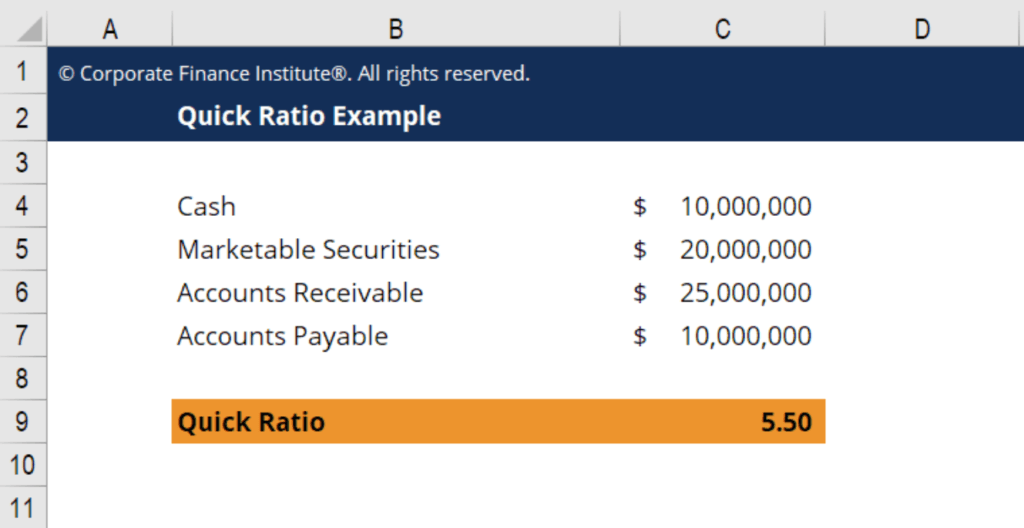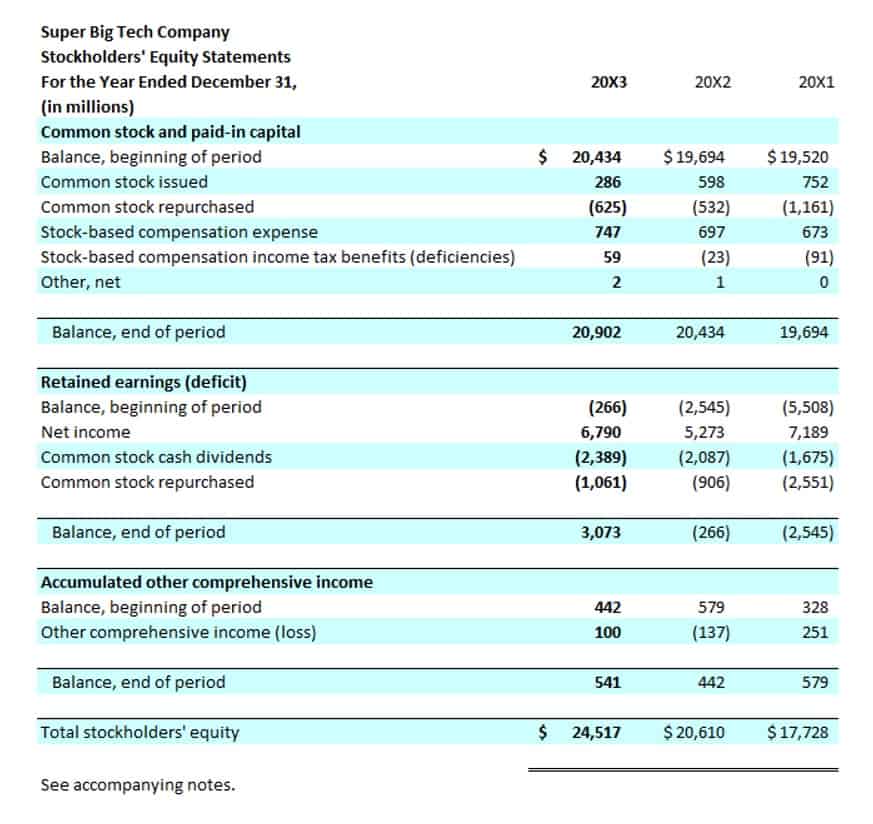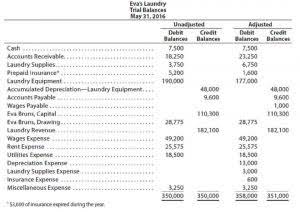Should there be any discrepancies that come up through the reconciliation process, you can then take action to resolve them. These different types of reconciliation are important for maintaining accurate financial records, detecting errors and fraud, and ensuring the reliability of the accounting system. They give organisations a clear and accurate picture of their financial position, which enables them to make informed business decisions. The primary objective of reconciliation is to identify and resolve any discrepancies between the two sets of records.
Automated Reconciliation Is Best for Your Business
You compare the outstanding customer invoices in your records to the actual payments received, identifying any discrepancies. For example, when performing bank reconciliation, a business compares its financial statements with the records received from the bank. This helps identify timing delays in deposits, payments, fees, and interest that may have been recorded by one entity but not the other. Reconciling an account is an accounting process that is used to ensure that the transactions in a company’s financial records are consistent with independent third party reports.
- Variances between expected and actual amounts are called “cash-over-short.” This variance account is kept and reconciled as part of the company’s income statement.
- The frequency of your reconciliation process can be determined by the size and type of business.
- Meanwhile, a construction company dealing with equipment and material costs may choose quarterly reconciliations to guarantee their financial processes operate smoothly.
- It is a general practice for businesses to create their balance sheet at the end of the financial year, as it denotes the state of finances for that period.
- Account reconciliation should be prepared and carried out by qualified accounting personnel, typically within the finance department.
- It adheres to accrual accounting principles and reconciles balances for credit card statements to the appropriate payables account.
Using a double-entry accounting system, as shown below, ABC credits cash for $2,000 and debits assets, which is the equipment, by the same amount. For the first job, ABC credits $500 in revenue and debits the same amount for accounts receivable. Intercompany reconciliation is a process that occurs between units, divisions, or subsidiaries of the same parent company. This type of reconciliation involves reconciling statements and transactions to ensure that all business units are on the same page financially. Vendor reconciliations involve comparing the statements provided by vendors or suppliers with the business’s accounts payable ledger. Reconciliations are usually performed at the end of an accounting period, such as during the month-end close process, to ensure that all transactions are correctly verified and the closing statements are accurate.
Account reconciliation comes in various forms, each tailored to address specific financial aspects and discrepancies within an organization. Understanding the different types is crucial for maintaining financial accuracy and transparency. Whether it’s reconciling bank statements, vendor accounts, or intercompany transactions, each type plays a pivotal role in ensuring that records are consistent and errors are promptly identified and corrected. Reconciling credit cards involves comparing purchase receipts with credit card statements provided by the card company.
Revenue and Finance Automation
Stripe’s reconciliation process involves comparing your business’s internal records, such as invoices, with external records such as settlement files, payout files and bank statements. Stripe’s automated system handles this comparison, enabling you to capture revenue accurately and reconcile your internal accounting systems with Stripe-processed charges and refunds at a transaction level. Reconciling your bank statements simply means comparing your internal financial records against the records provided to you by your bank. This process is important because it ensures that you can identify any unusual transactions caused by fraud or accounting errors. As gross profit definition a business, the practice can also help you manage your cash flow and spot any inefficiencies. The reconciliation process involves comparing internal financial records with external documents to identify and correct discrepancies.
The charge would have remained, and your bank balance would have been $2,000 less than the balance in your general ledger. After scrutinizing the account, the accountant detects an accounting error that omitted a zero when recording entries. Rectifying the error brings the current revenue to $90 million, which is relatively close to the projection. For example, Company XYZ is an investment fund that acquires at least three to five start-up companies each year. For the current year, the company estimates that annual revenue will be $100 million, based on its historical account activity.
The analytics review method reconciles the accounts using estimates of historical account activity level. It involves estimating the actual amount that should be in the account based on the previous account activity levels or other metrics. The process is used to find out if the discrepancy is due to a balance sheet error or theft. The bank discovered that the mysterious transaction was a bank error, and therefore, reimbursed the company for the incorrect deductions. Rectifying the bank errors bring the bank statement balance and the cash book balance into an agreement.
What Is the Difference Between Account Reconciliation and Invoice Reconciliation?
Thirdly, account reconciliation is vital to ensure the validity and accuracy of financial statements. Individual transactions are the building blocks of financial statements, and it is essential to verify all transactions before relying on them to produce the statements. The analytics review approach can also reveal fraudulent activity or balance sheet errors. In this case, businesses estimate the amount that should be in the accounts based on previous account activity levels.
To ensure accuracy and balance, the process of account reconciliation involves comparing the balances of general ledger accounts with the supporting sets of data sources, such as bank statements, invoices, and receipts. Reconciliation in accounting is needed whenever there are financial transactions to ensure accuracy and consistency in the records. It’s typically required at regular intervals, such as monthly, quarterly, or annually, to verify that internal records match external statements like bank accounts, supplier invoices, or customer payments. Reconciliation is also necessary before financial reporting, audits, and tax season preparation. Reconciliation in accounting is the process of comparing multiple sets of financial records (such as the balances and transactions recorded in bank statements and internal records) to ensure their correctness and agreement.






















